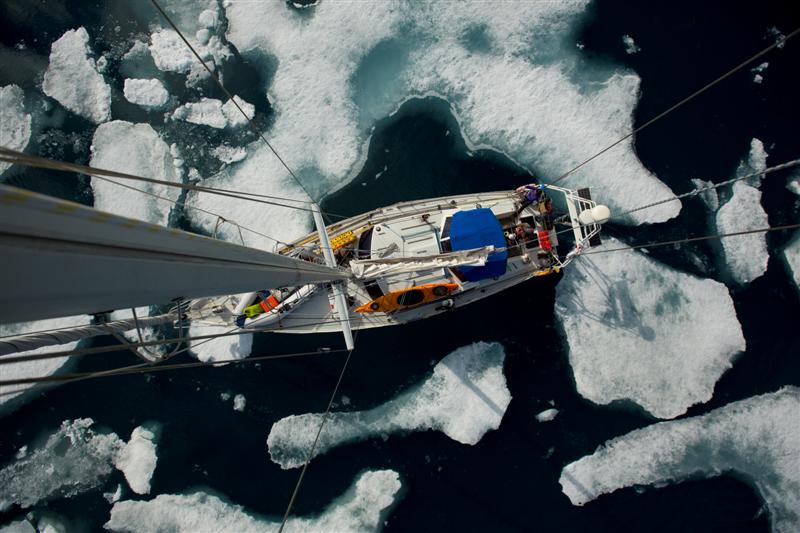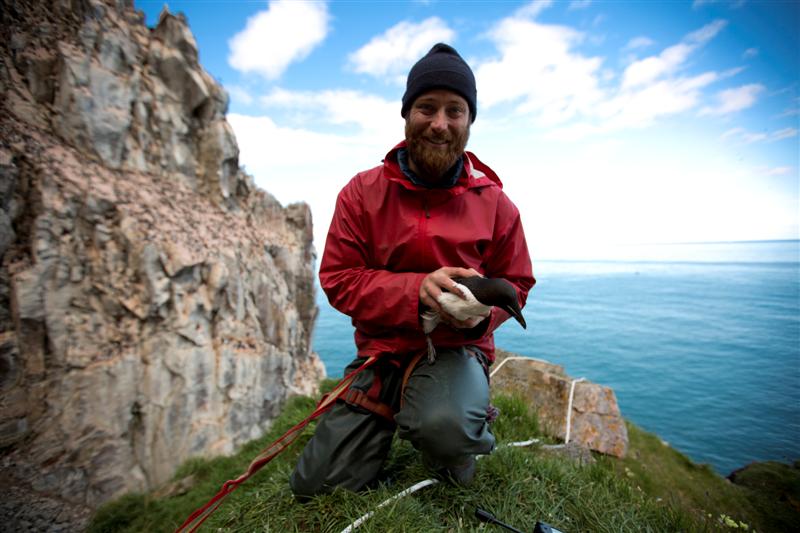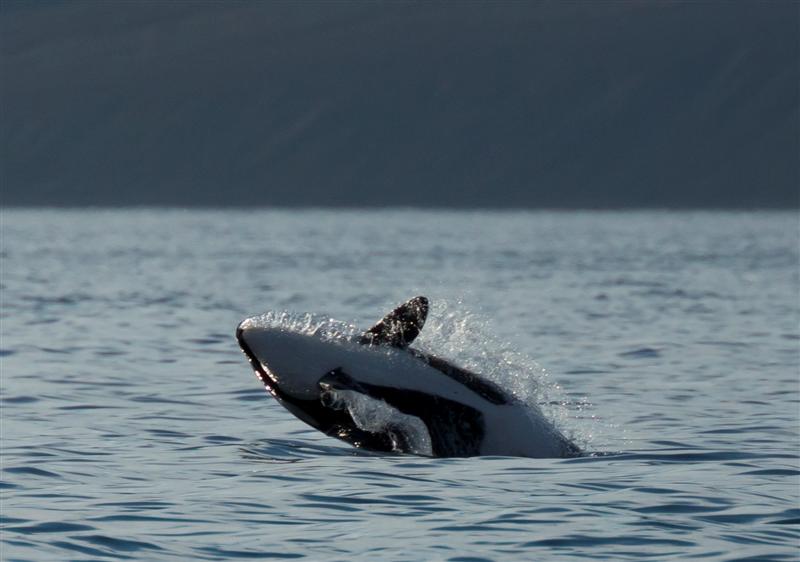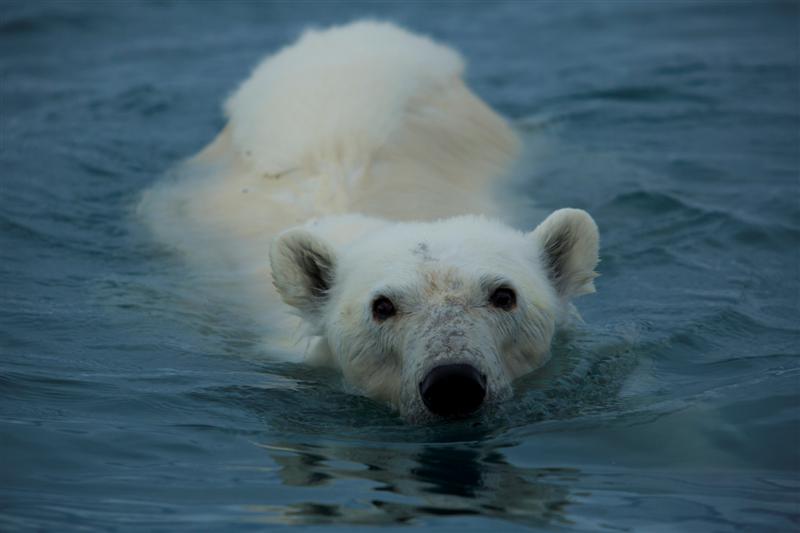Arctic Tern I is a polar expedition vessel acquired by the Students on Ice Foundation in partnership with WWF to provide a safe, environmentally friendly, cost effective, and versatile platform for education, research and media projects in the Arctic. In summer 2013, Arctic Tern I headed to the eastern Canadian Arctic and on the first of a five-year mission to assess biodiversity in this important and fast-changing part of the world, and contribute to constructive and collaborative solutions for a sustainable future.
Polar sailors and scientists Grant Redvers and Pascale Otis share their experiences and photos from the journey, in the first of a four-part series. All photos are courtesy Pascale Otis / Students on Ice.
What type of research did you conduct in the eastern Canadian Arctic and what did you discover?

The Arctic Tern I is a great platform for scientific research. We can spend large amounts of time in one area and even access remote places that would be out of reach to larger ships.
In 2013, the crew of Arctic Tern I set sail for the North with a project from the Canadian Wildlife Service on our hands. We completed offshore bird surveys, which meant counting every bird that we encountered while crossing to Greenland and also in the Canadian Arctic. As we reached the northern parts of Baffin Island, we sailed close to two Thick-Billed Murre colonies and took high-resolution photos. These would be later used to estimate the number of breeding pairs nesting on the cliffs.

Also on our busy agenda: banding 20 Murres on Bylot Island with special geolocator tags. These will allow scientists to track where the birds are going in the wintertime. It was hard work climbing the cliffs and catching the birds, but all worth it!

We had the privilege of joining scientists while they were tagging orcas in Tremblay Sound near the community of Pond Inlet. The GPS tags placed at the base of the dorsal fin of 6 adult orcas will allow the scientists to follow their movements for the next few months. We know very little about these whales, so the information recovered from this study will surely be extremely valuable.
What is a typical day onboard Arctic Tern I?
There’s really no such thing as a typical day onboard any sailboat! We always try to plan in advance, but our schedule is usually very flexible.

Every day is full of surprises, as we never know when and where we’ll see something to add to our growing list of once-in-a-lifetime-opportunities. Perhaps a polar bear will come swimming around the boat this morning… so of course we’ll probably put off lifting the anchor for a couple hours and set up our cameras on deck instead!
Depending on the project, the crew of Arctic Tern I can take on various roles from sailors to filmmakers, photographers and scientists. We have strong scientific backgrounds, but we also work in the media quite a bit.
You might also like:
2012 expedition to the Last Ice Area aboard the Arctic Tern